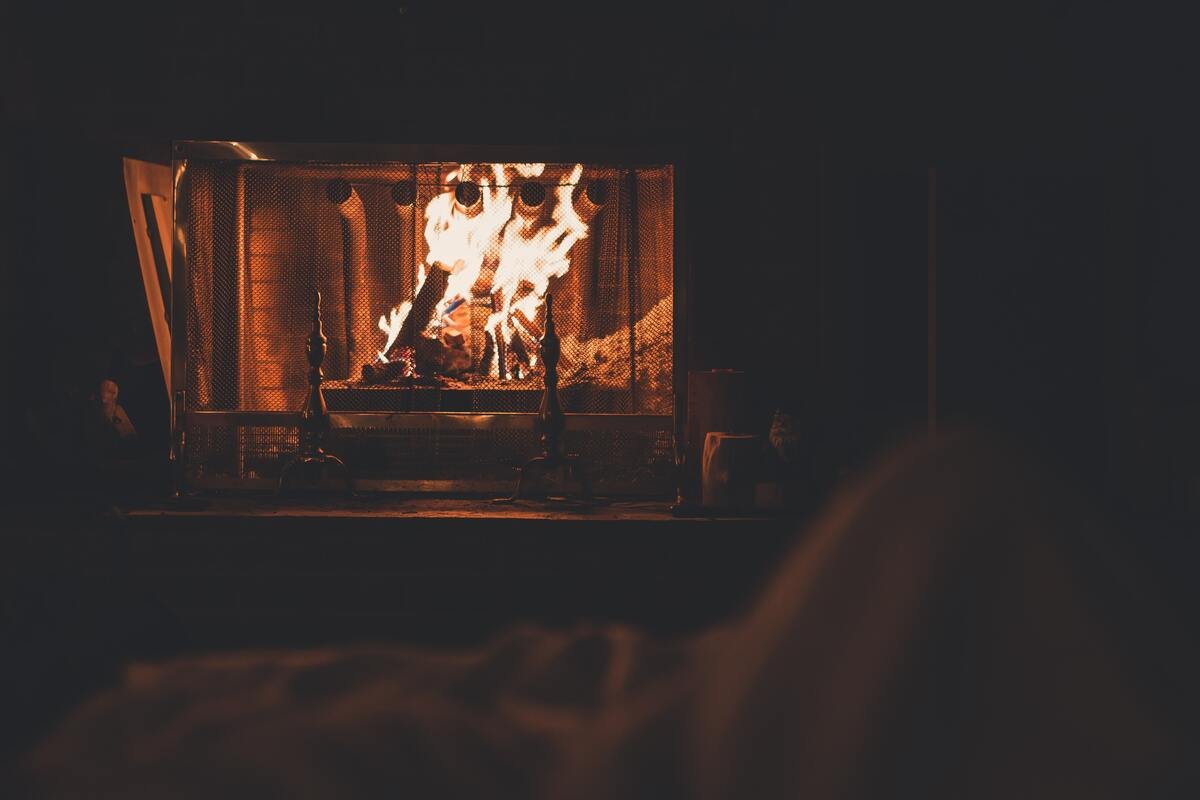Expert Home Heating Hacks to Keep Your House Toasty All Winter
The weather is getting colder, and even the gnarliest individuals will be turning the heat on soon. To ensure that everything in your home heating system is running correctly, ensure you have these heating hacks in your arsenal before winter arrives.
1. Choose insulating window curtains and shades
What you put behind your windows makes a big difference. Pick insulated window shades like cellular shades that have a honeycomb design to trap the air. This can save you at least ten percent in heating costs.
If you prefer curtains, pick those thick drapes. Fleece and flannel curtains add a thick layer of insulation. For a bonus, try to find blackouts or ones with a white plastic backing, which serve as extra insulation.
Final tip: Rember to open your curtains on a sunny day during the winter season and let the sun heat your home. Just don’t forget to close them again at night, or the opposite will happen!
2. Replace weatherstripping and caulk
Using weatherstripping and caulk to seal air ducts is a simple hack that can save you ten to twenty percent of your energy costs. But these materials can wear out over time so consider replacing them if they look a bit crusty and don’t provide a good seal.
Acrylic latex caulks are the simplest to apply and often the least expensive, so pick the type of weatherstripping based on your windows. Lowes provides guidelines that range from stainless steel, aluminum, and vinyl to foam and felt.
3. Do routine HVAC maintenance
Routinely check your HVAC system to ensure it is working properly. Doing so could save you cash in the long run and avoid expensive replacements.
The cost of HVAC repairs is about $300, but replacing an entire HVAC system could average at least $7,000. It is best to get that crucial winter service out the way before you start having issues to prevent running into repair problems during the cold winter months.
4. Install storm windows
You may not be prepared to fork out for an entirely new set of windows, in which case storm windows could be suitable. They are installed outside or inside of an existing window pane.
That added layer helps offer extra insulation from heat and noise. But keep in mind that not all windows can fit storm windows. Check with us before you order them.
If they’re the right fit for your home heating setup, try to pick low-emissivity storm windows with a microscopic coating. This will reflect heat back into your house and could save twelve to thirty-three percent of your heating costs.
5. Keep the heat from escaping through windows and doors
The last thing you want to pay for is heating your backyard. Run a wet hand along the edges of doors and windows. If you feel cold, drafts could be sucking out your heat. You can learn more about locating leaks here.
Not everybody is in a position to install insulated doors or windows. However, you can boost the efficiency of what you have by adding weatherstripping to cut drafts below doors (as mentioned above).
6. Close your chimney flue
A wood-burning fireplace can offer warmth to your entire home, but it can also let heat escape in winter. Ensure the chimney flue is shut when the fireplace isn’t in use to stop the warm air from escaping up your chimney like Santa.
Just make sure to open it before using the fireplace again! You can also get a fireplace plug to seal the flue if you don’t have a built-in one.
7. Ensure the dampers are open
Depending on the system, some ductwork features dampers to close off ducts and adjust the airflow. So, if one of the rooms feels especially cold, look for dials or levers in the ductwork to guarantee the dampers are correctly positioned. Similarly, if you know you won’t be using one room, so you don’t need it heated, shut the ductwork to make your system more efficient.
8. Cover pet doors
Do not forget about the dog and cat doors. Even though they are small, pet door installations could still contribute to heat loss. You can consider sealing off the door during the winter months to lessen drafts, particularly if you don’t want your furry friend running mud in and out of your home whenever they feel like it!
Just remember to let Snuffles back in ;)
9. Close the doors of unused rooms
Not spending much time in your study over the winter, then there’s no need to keep it heated. Close the doors and consider laying down a draft stopper to keep the rest of your house cozy and warm.
10. Adjust the water heater
Hot water heaters consume a massive amount of energy. Since you will most likely use more hot water during the colder months, consider reducing the heater’s temperature by a few degrees.
You might not feel much difference, but you will notice a difference in your gas or electricity bill.
11. Add rugs to hard floors
You can lose at least ten percent of the heat in your home with uninsulated floors like hardwood and tile. To fix this issue, throw some area rugs in those rooms with hard-surface floors, particularly in finished basement rooms. That will help lessen heat loss and keep your toes nice and toasty.
The winter season is slowly approaching, but you’re probably already seeing the high heating bills coming in. These warming hacks are here to offer you warmth in the simplest and the most reasonable way possible.
Newer, more efficient heating systems will certainly keep you warm, but they can cost a lot of money, so give these hacks a go to keep warm on the cheap.


